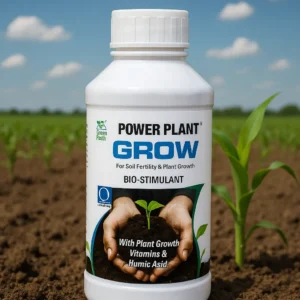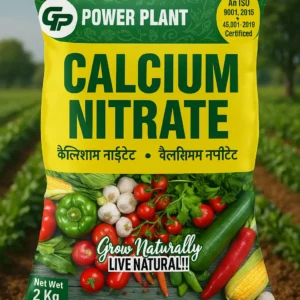Description
Every cell of a live plant contains the element phosphorus (P), which is essential for plant development. It plays a role in the processing of sugars and starches, photosynthesis, energy transfer, nutrient flow throughout the plant, and the transmission of genetic traits from one generation to the next, among other crucial plant processes. A popular source of nitrogen (N) and phosphorus (P) is mono ammonium phosphate (MAP).
Mono Ammonium Phosphate (MAP) is a nanotechnology based complex fertilizer. It has the greatest phosphorus of any typical solid fertiliser and is formed of two components that are widely used in the fertiliser business. MAP has long been a significant granular fertiliser. After dissolving, the fertilizer’s two fundamental components split apart once again to release ammonium (NH4+) and phosphate (H2PO4), both of which plants need for strong, long-lasting development. Agronomic studies reveal that under the majority of circumstances, there is little to no difference in the P nutrition of the various commercial P fertilisers.
Benefits:
- Mono ammonium phosphate is appropriate for fertilization of all soils and crops.
- It is water-soluble.
- It has the properties of fast-acting phosphorus fertilizer, and the low mobility of the phosphorus in the soil allows its use for main, stocking as well as for periodic fertilization.
- This fertilizer is input with the main treatment of the soil or prior to sowing, before flowering.
- It is also used in main and pre-sowing fertilization of all field vegetables, fruit crops, grape vines, herbs and flowers.
- It can be used via spray due to its water soluble property.
- It increases the resistance of the plant to stress and diseases.
- It maintains the balance between the vegetative and the reproductive phase.
- It stimulates the growth of sprouts, when the plants are under stress from unfavorable conditions surrounding them (low temperatures, insufficient light).
- It also encourages the blossoming and increases the size of the fruit.
- It improves the qualitative characteristics of the fruits (the contents of sugar, color, consistency, durability during storage).
Dosage: 200g/500g per acre












Reviews
There are no reviews yet.